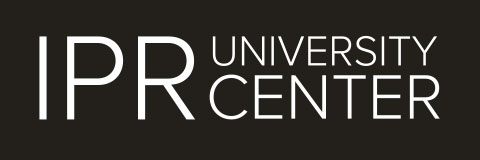Andra medicinska indikationen
A:6 / Pamela Lönnqvist
Julkaisun sarjanumero: A:6
Tekijä: Lönnqvist, Pamela
Julkaisuaika: October 2009 (September 2009)
Opinnäyte: Pro gradu thesis (for LL.M.)
Koko (kB, sivua):xxii +111 pages, 826 kB (pdf)
Huomautuksia:
This master’s thesis was accomplished in the University of Helsinki, in the LLM project ”Patent Law and the Global Market” 2008-2009. The supervisors of the project were Professors Niklas Bruun and Rainer Oesch. The thesis was approved by the Faculty of Law, Dept. of Private Law in September 2009. The thesis is in Swedish with an English abstract.
Abstract:
The purpose of this master’s thesis is to contribute to the understanding of the patent protection of inventions relating to second and further medical indications as developed by the Boards of Appeal of the European Patent Office (EPO).
Initially, contrary to first medical indication inventions, inventions relating to second and further medical indications were not patentable. However, as a result of the increasing number of patent applications filed reflecting the need for protection, in 1984 the Enlarged Board of Appeal of the EPO, concluded in seven parallel decisions that second medical indication inventions are patentable by so called Swiss-type claims (use of a substance or composition X for the manufacture of a medicament for therapeutic application Y). The claim format is restricted to inventions relating to specified new and inventive therapeutic applications of known substances and compositions.
In Finland, it was not possible to obtain patents for second medical indication inventions until January 1995, when product patents for pharmaceuticals were allowed. In the following year Finland became a member of the EPC. Therefore, most patents for second medical indication inventions are European patents which have been validated in Finland.
The protection for second medical inventions was further developed by the Technical Boards of Appeal resulting in extensive case law. Defining the borderline between patentable and non-patentable subject-matter has become more difficult to interpret. One much discussed question is the patentability of dosage regimens.
An analysis of the basic conditions for patentability indicates that a shift from novelty to inventive step has taken place in the examination process with a simultaneous strengthening of the requirements for clear and concise claim drafting and a description with a sufficient enabling description supported by experimental evidence. These conditions set out certain limits for the patentability of second medical indication inventions.
The number of second medical indication patents is increasing. The importance of the protection has been acknowledged, but the scope of protection afforded is still unclear and court decisions providing further guidance are scarce. Because selection invention principles apply for second medical indication patents, the extent of the protection for such patents is rather limited. Furthermore, patents for second medical indication inventions are often dependent of previous patents restricting the freedom to operate such patents.
In connection with the revision of the EPC (EPC 2000), by the introduction of Article 54(5) EPC, product protection limited to a specific use, became an acceptable claim format for second medical indication inventions. The implications of the revision are not yet entirely clear.
The question of second and further medical indication inventions has resulted in a comprehensive case law with many unsettled questions. Clear guidance is now awaited from the Enlarged Board of Appeal of the EPO in G 2/08 also in view of EPC 2000.

 -verkkolehti
-verkkolehti